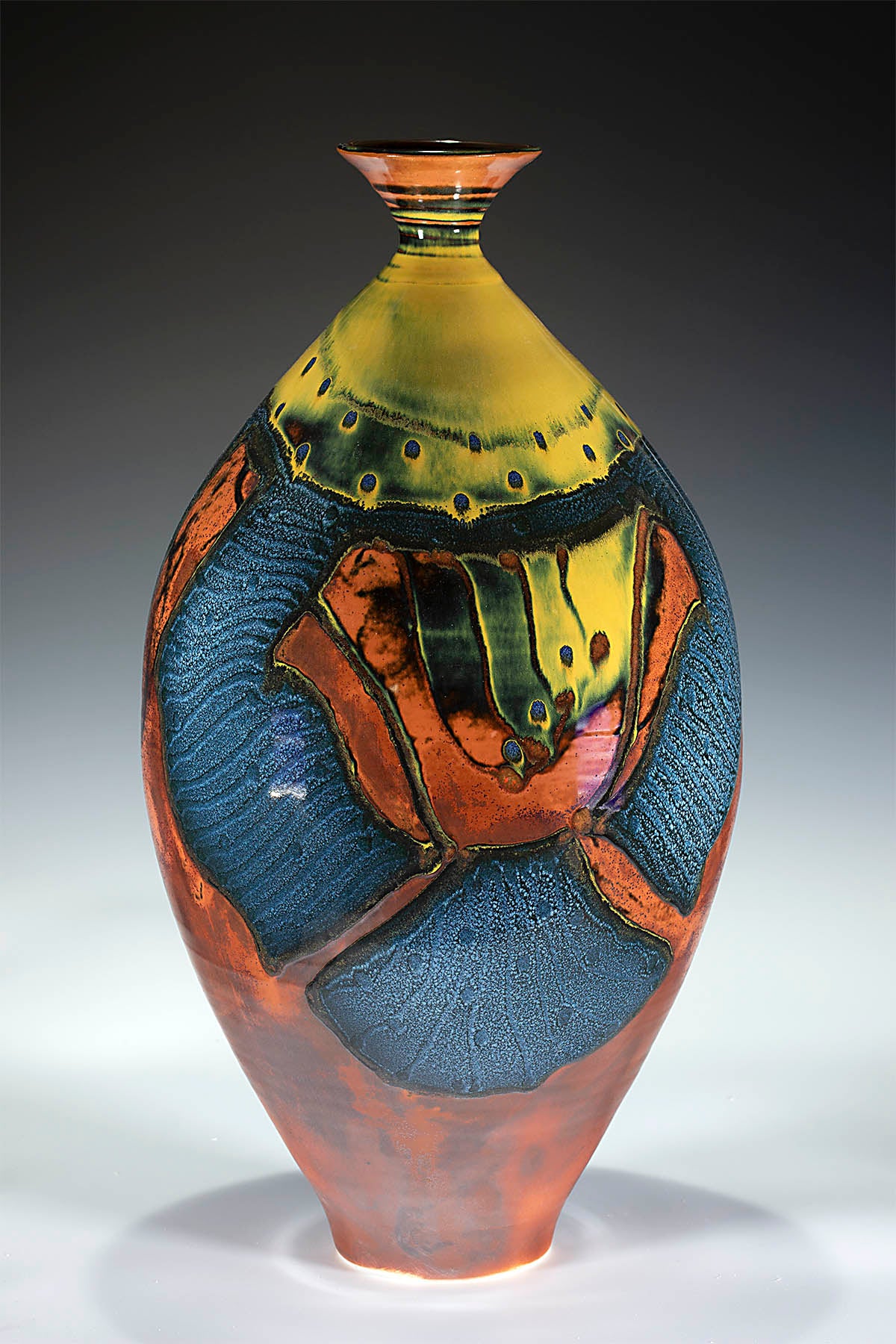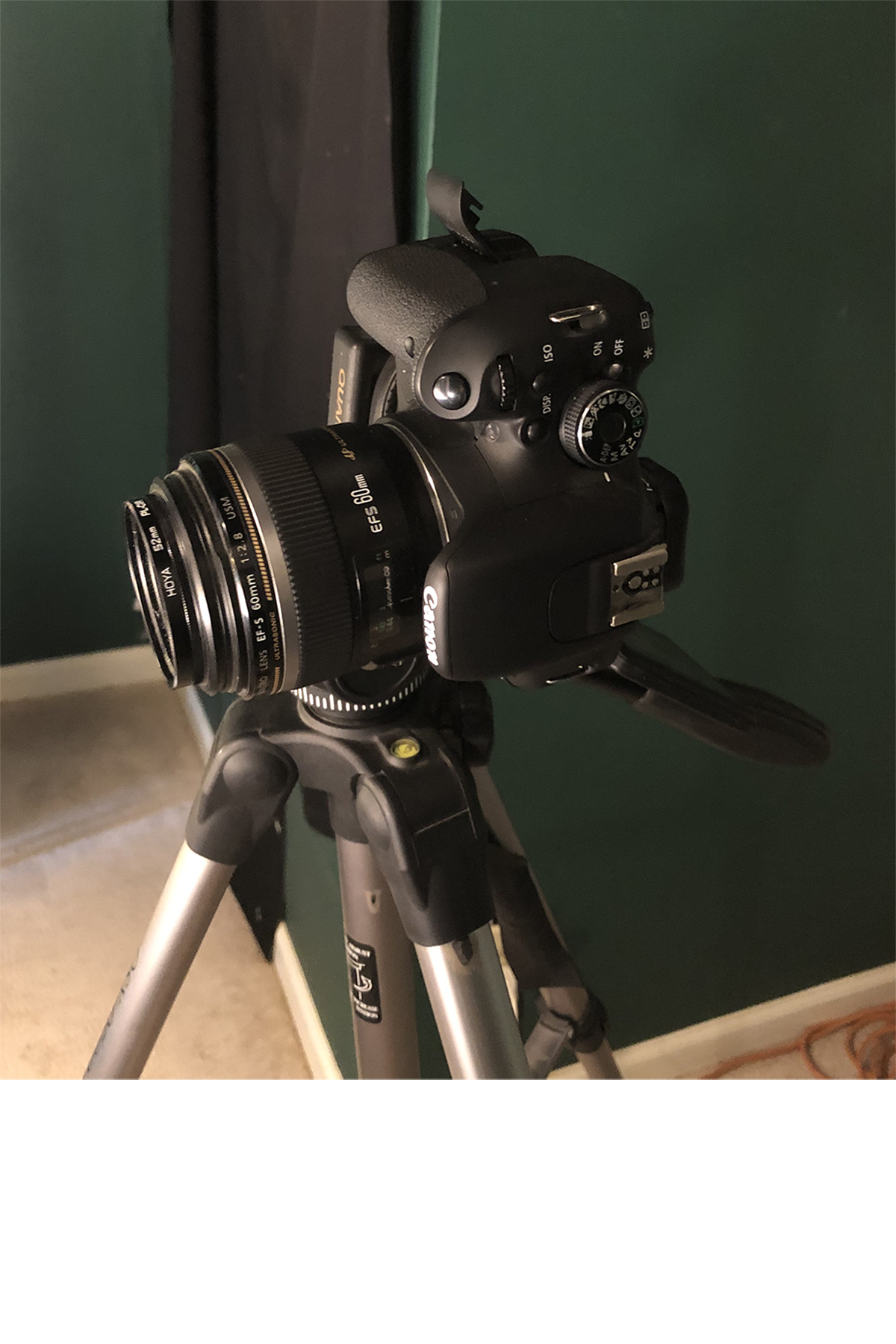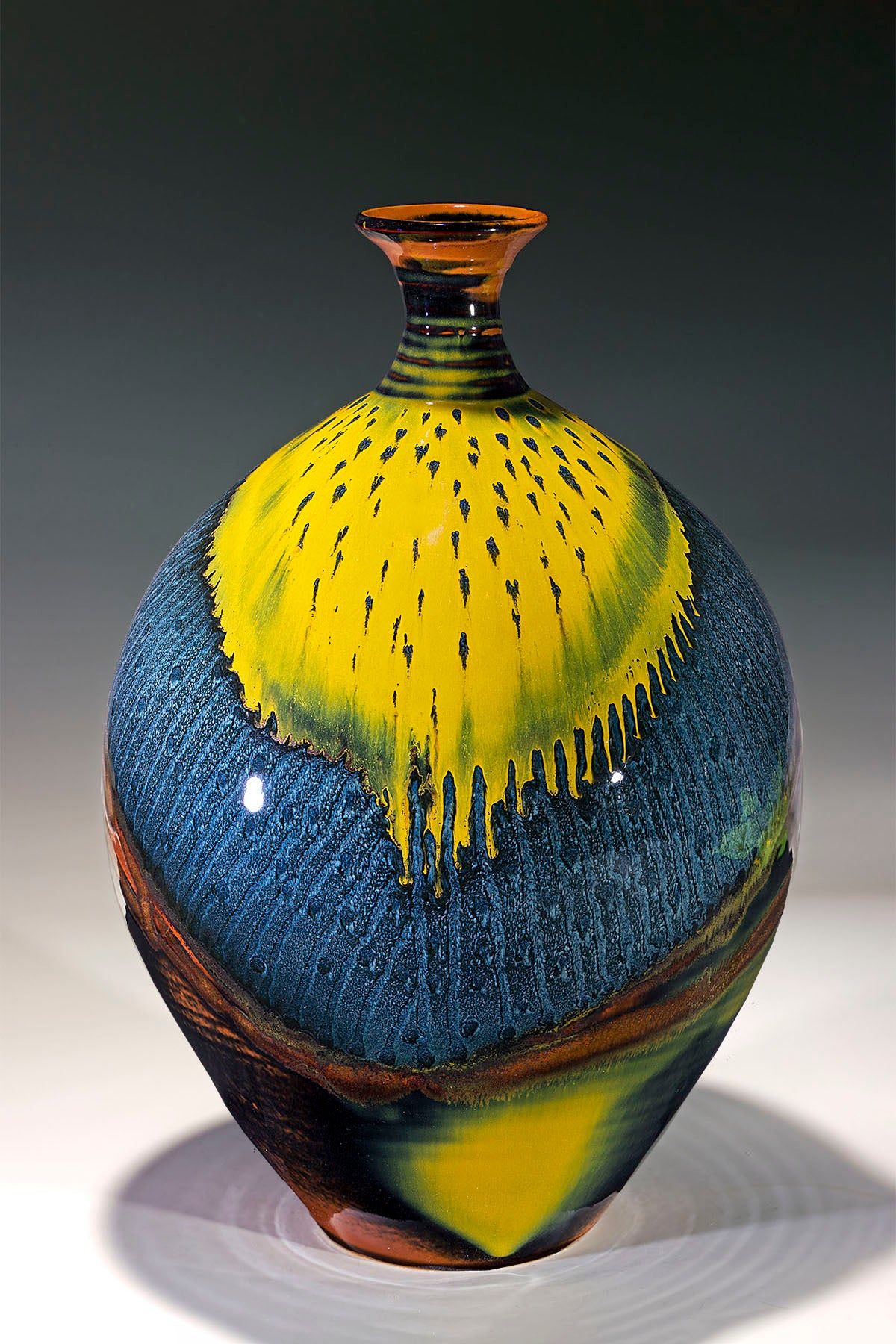Glazing
After a 20 year hiatus from ceramics and pottery making, I had a number of challenges. Determine the type of pottery I wanted to make, the type of kiln I would need, and the materials I would begin with.
I began the way I had begun before. I started throwing pots. While it's not exactly like riding a bike, there are similarities. This was about a 3 or 4 month hurdle to achieve some level of competency and control. But then the nightmare commenced.
Pottery is a bifurcated process: making and glazing. The way most of us learn is to spend all of our time with wet clay: make; make; and make some more. When we get to the point where begin to save some things, they get fired and if we can figure out which ones are ours, we get to glaze. At the height of my previous time as a potter, I was horrible at glazing. This time I was determined to work on that.
While there are many surface and firing techniques available to a potter, glazes typically are painted on, poured on or sprayed. The raw glazes reveal nothing of their future post-fired characteristics. When glazes are layered, all sorts of magical things can occur (or not so much). The challenges are not just how to apply the glazes, and fire them successfully and consistently, but also how to build and develop a personal aesthetic.
For nearly two years, I broke everything I made. I tried lots of glazes, and began to learn about glaze calculation. What makes a glaze shiny or matte, runny or stiff, fine or coarse? I tried lots of combinations. I dipped and poured and layered. I remember getting a bowl out of the kiln and thinking "There's a light at the end of the tunnel".
One of the most serious challenges is rooted in intent. In my work, I begin with specific intent. When it comes out of the kiln, and I see the finished piece for the first time, my brain is filled with what I thought would happen, what I wanted to happen. The range of expectations that I have for an individual piece varies based upon complexity, risk, and experience with the glazes selected. The danger lies in being blinded by intent. There are lots of variables involved including weather, variability in stacking, changes in materials, length of firing. I have found that it's important not to be too quick to judge success and failure. Early on, I would reject something that didn't meet my intentions. Now, I try and look at it both with, and importantly without, looking through the filter of what I thought would happen. Over the years many of these pieces led me in directions that I would not of considered or even thought of.
I believe that it's important to be accepting of failure. Failure is born of risk and can lead us to new places and directions. Failure motivates me to go further.




